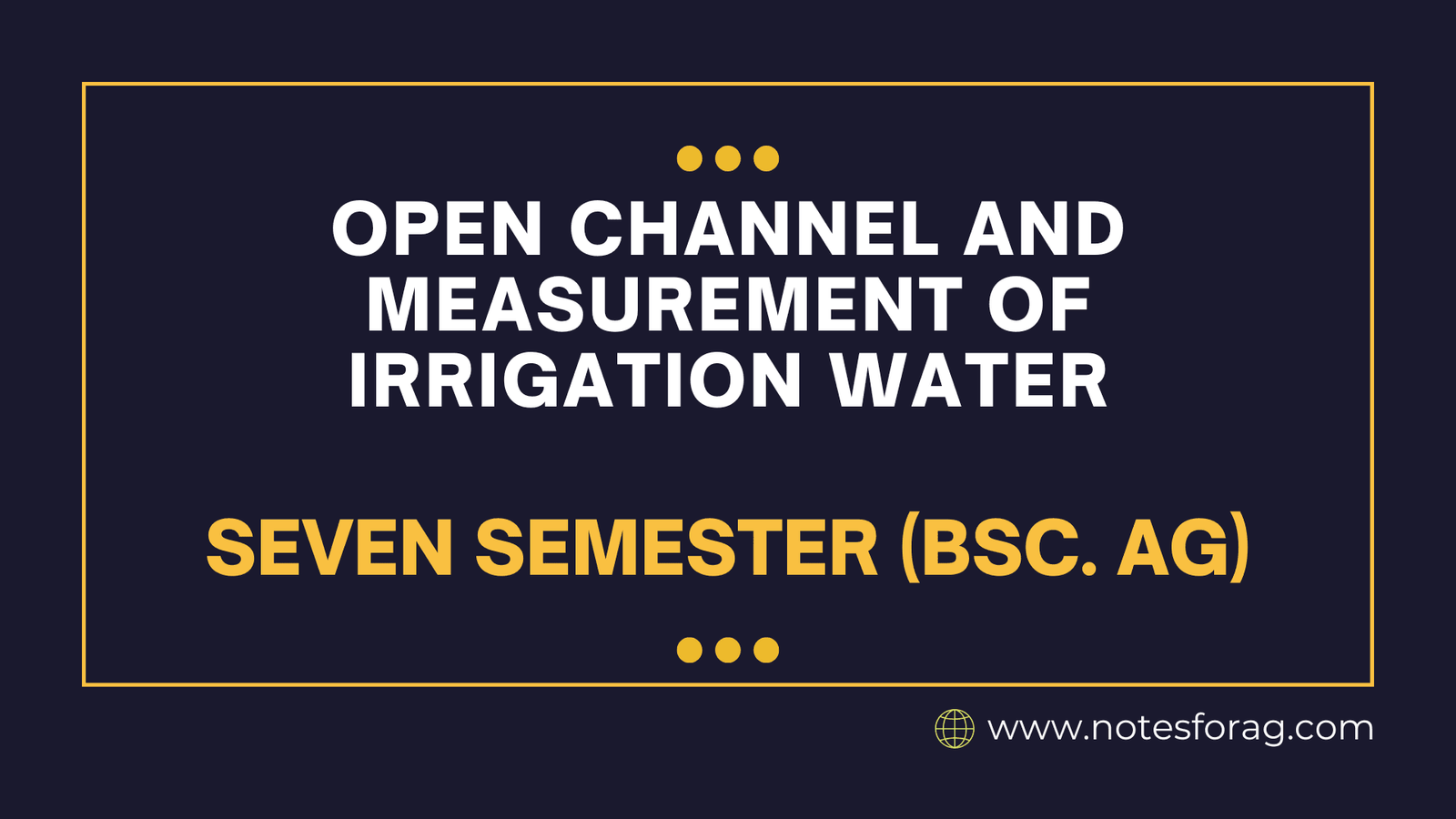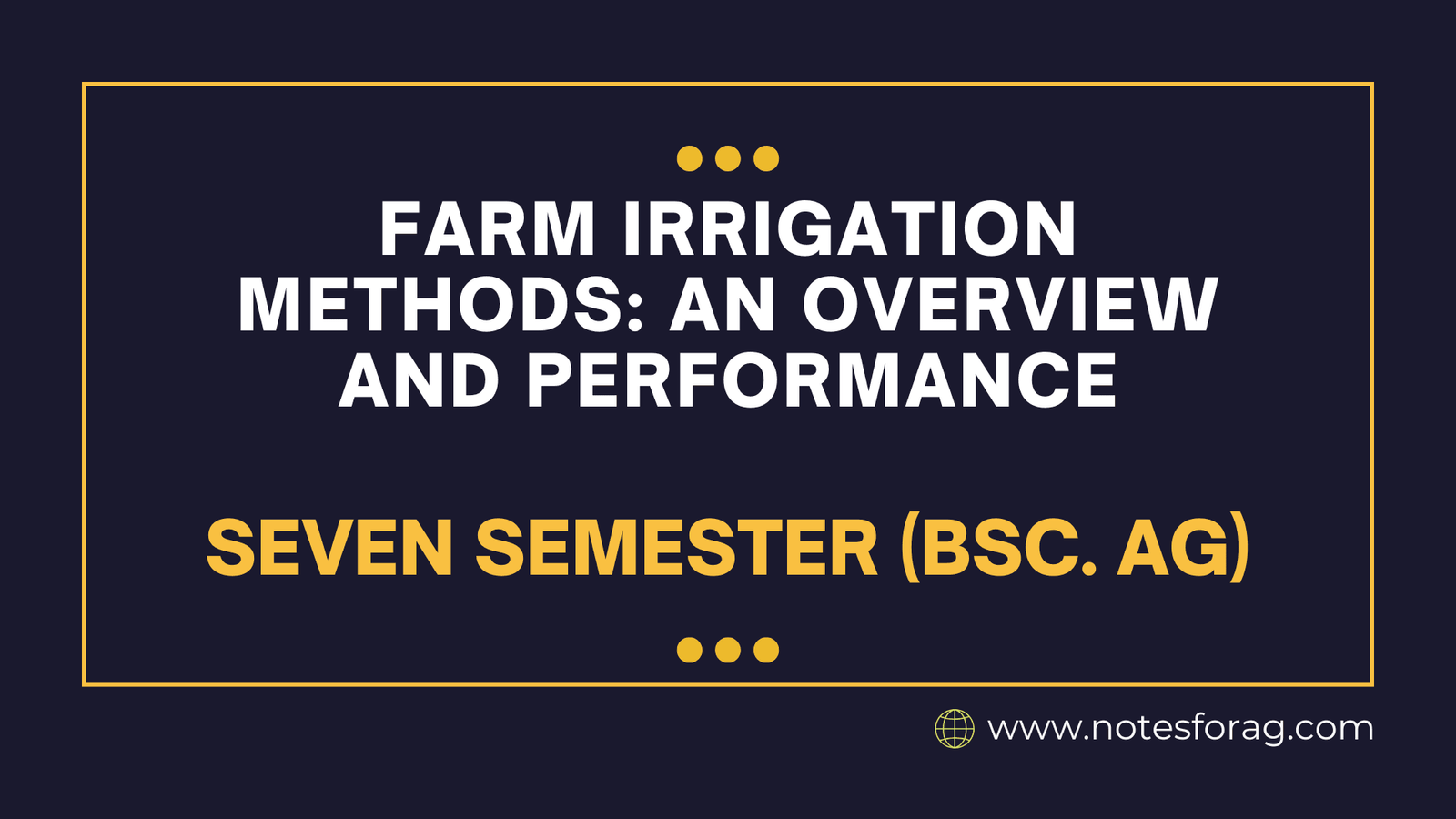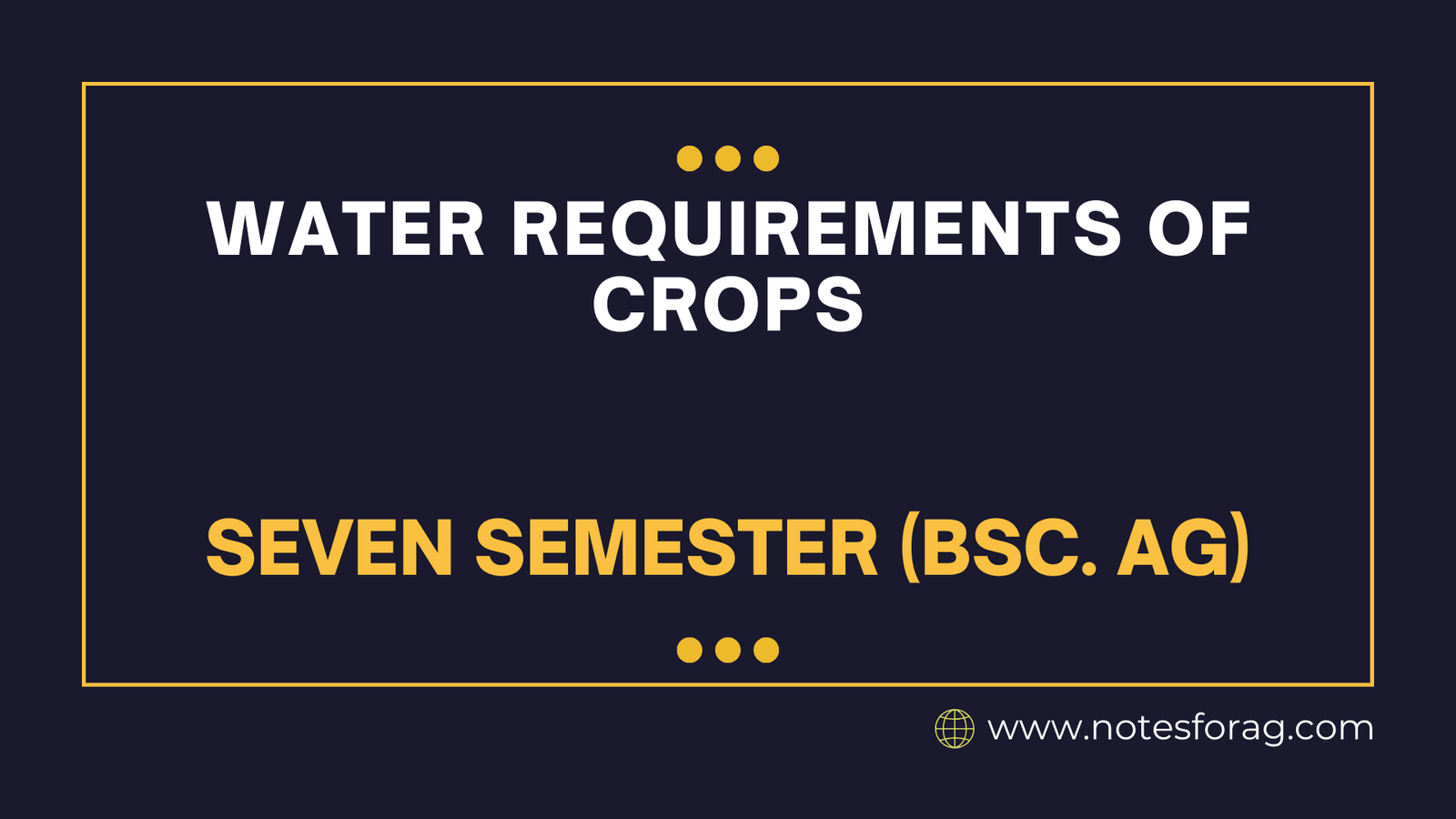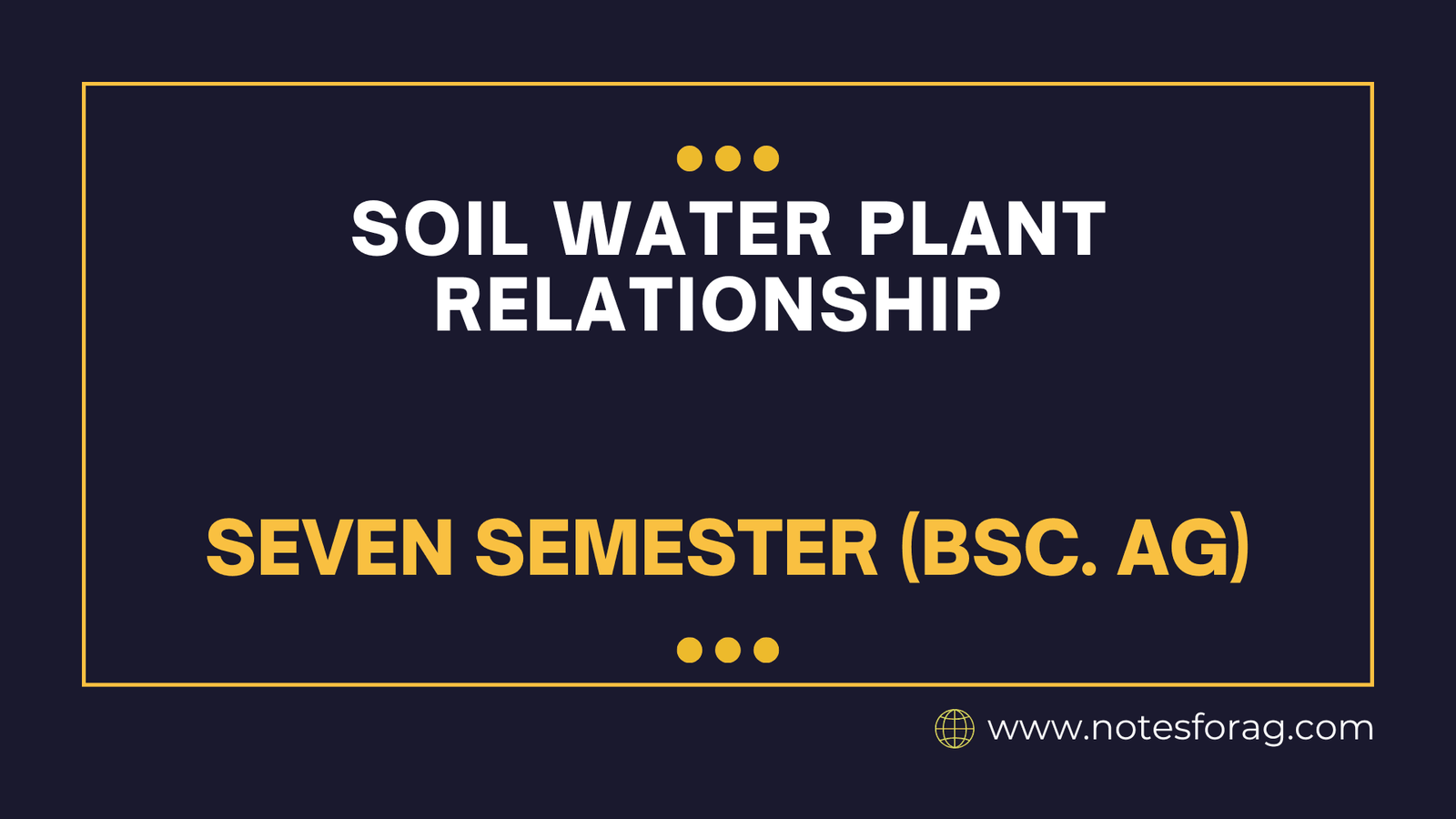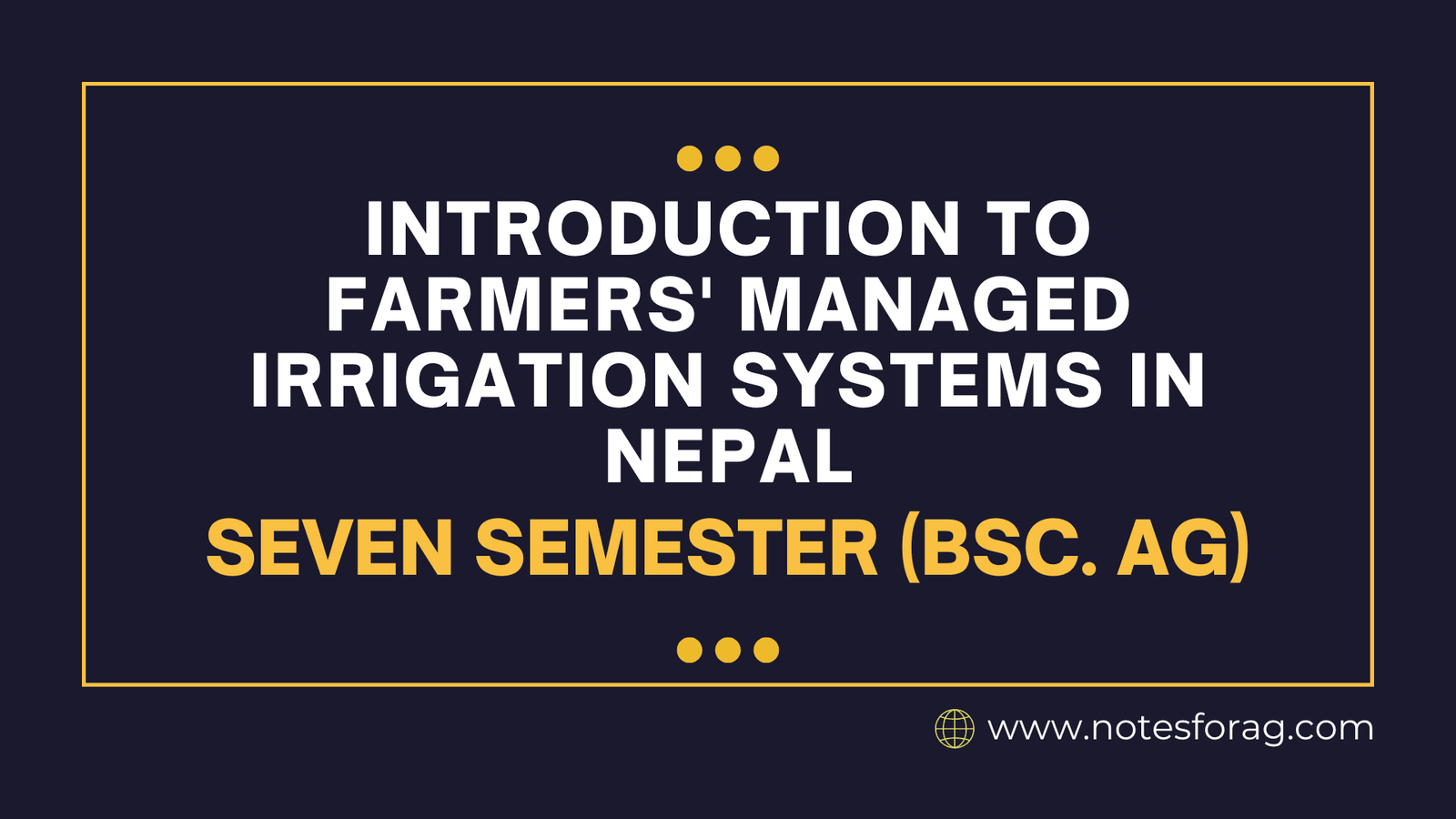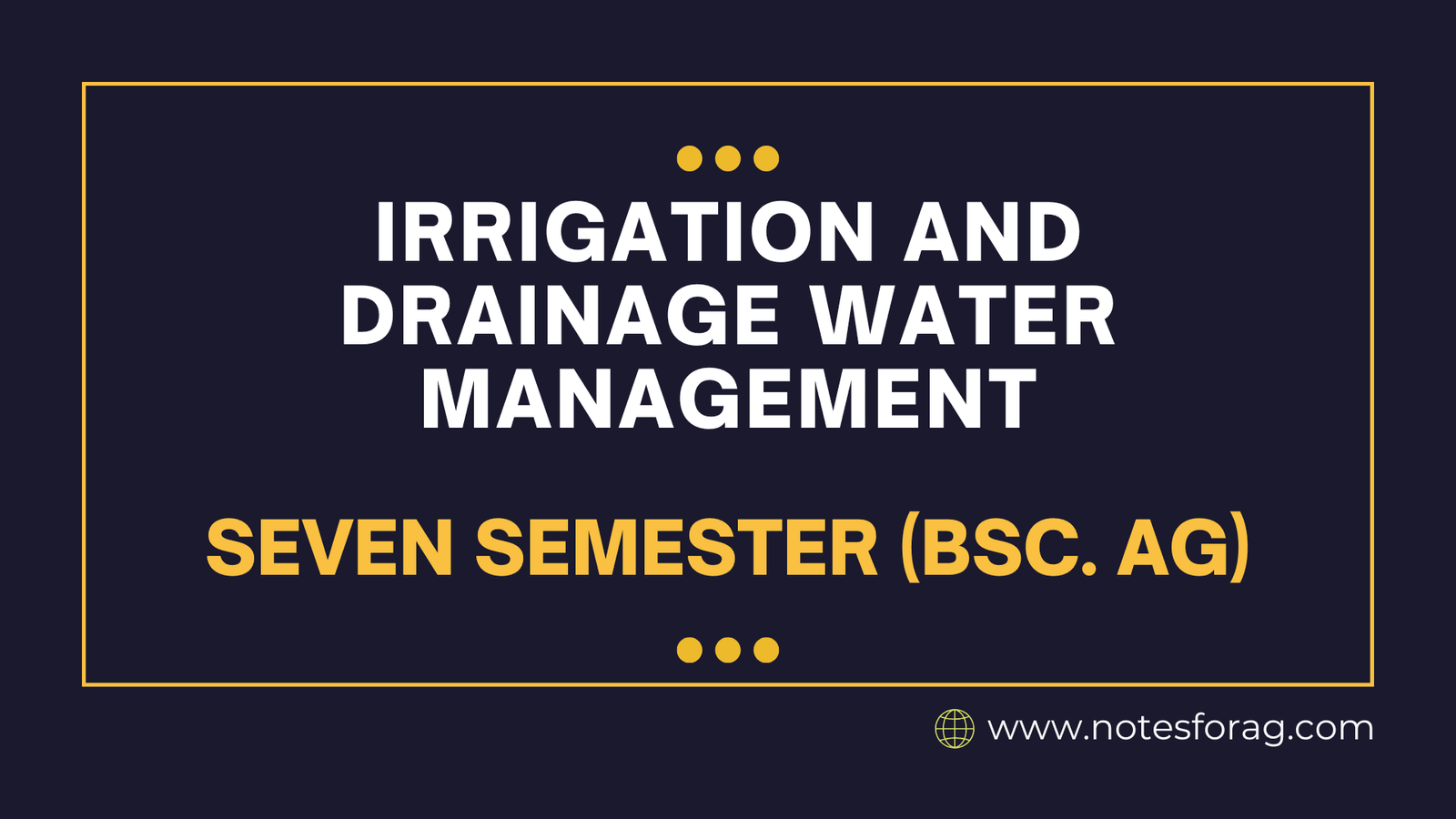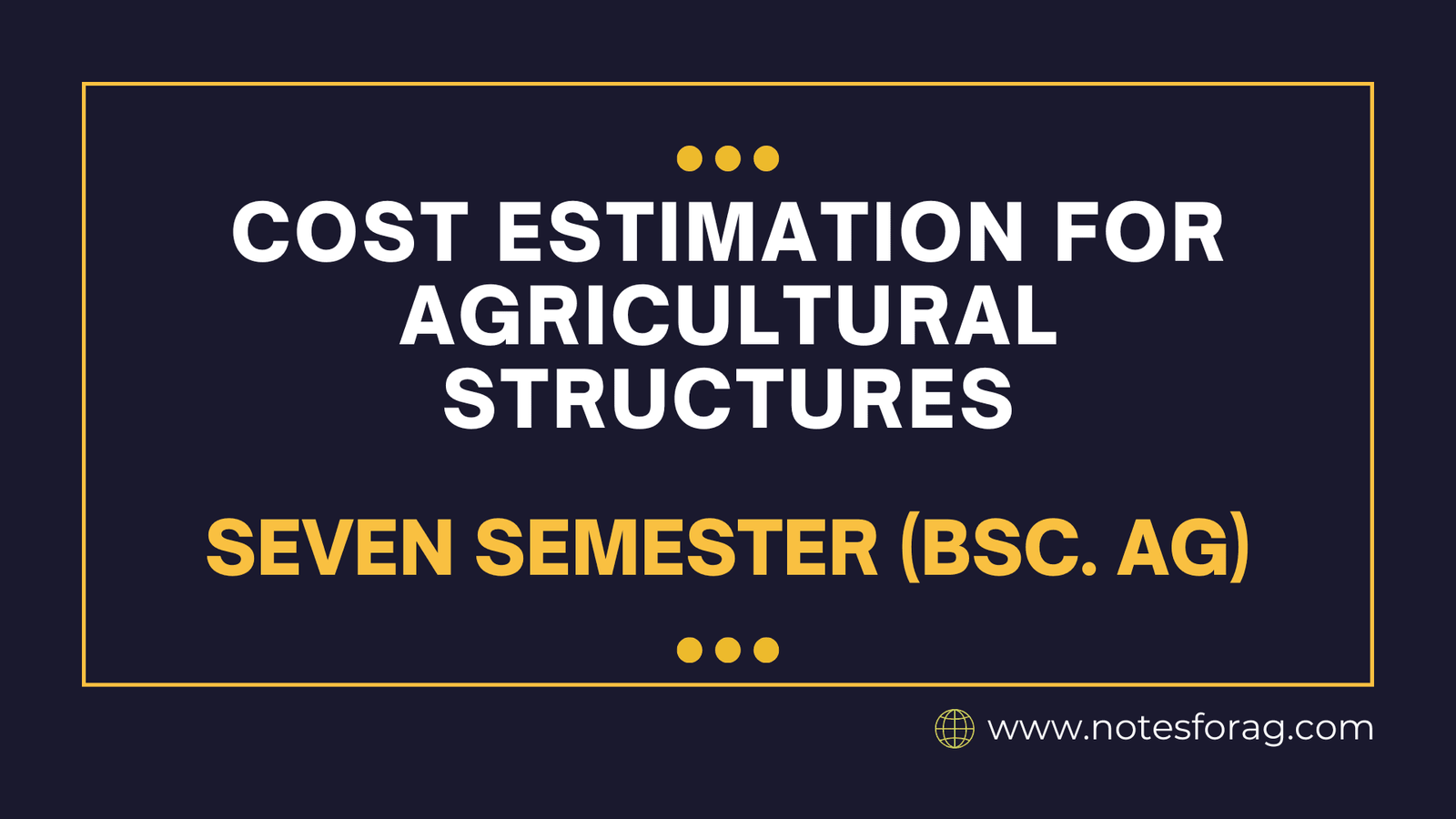Open Channel and Measurement of Irrigation Water
What is an Open Channel? An open channel is any type of waterway that carries water but is not fully enclosed, like a river, stream, canal, or irrigation ditch. These channels allow water to flow freely, usually by gravity, and are a key part of irrigation systems that deliver water to crops. The flow of … Read more

